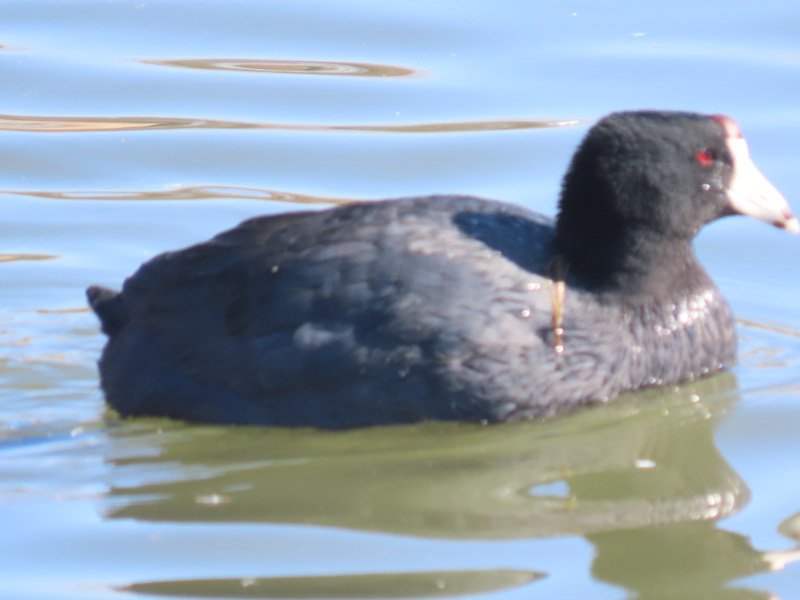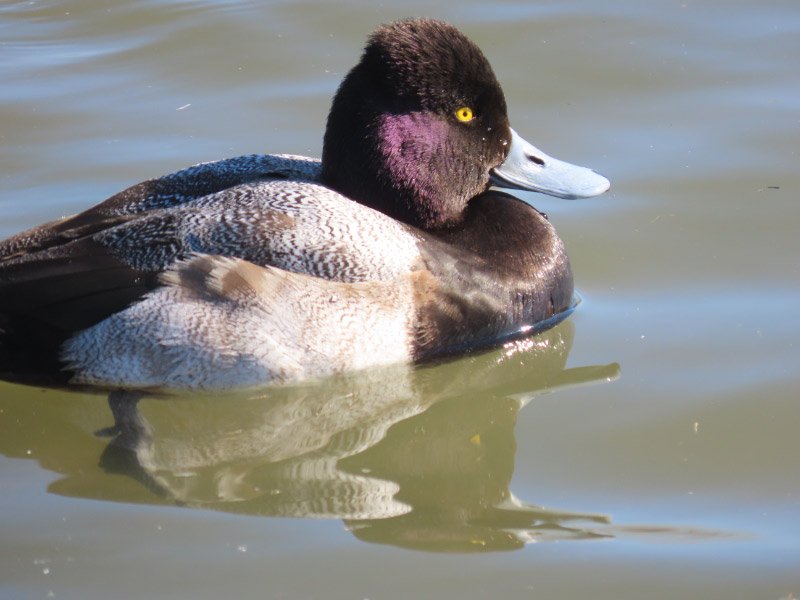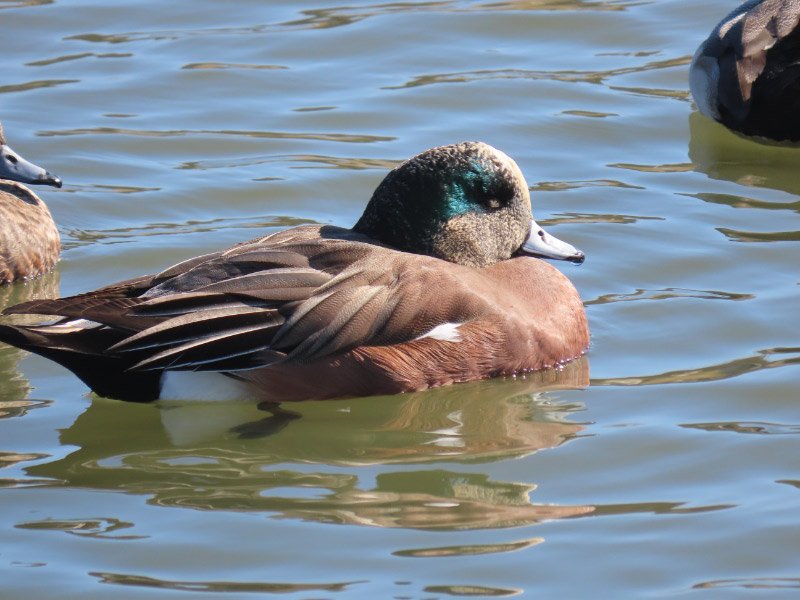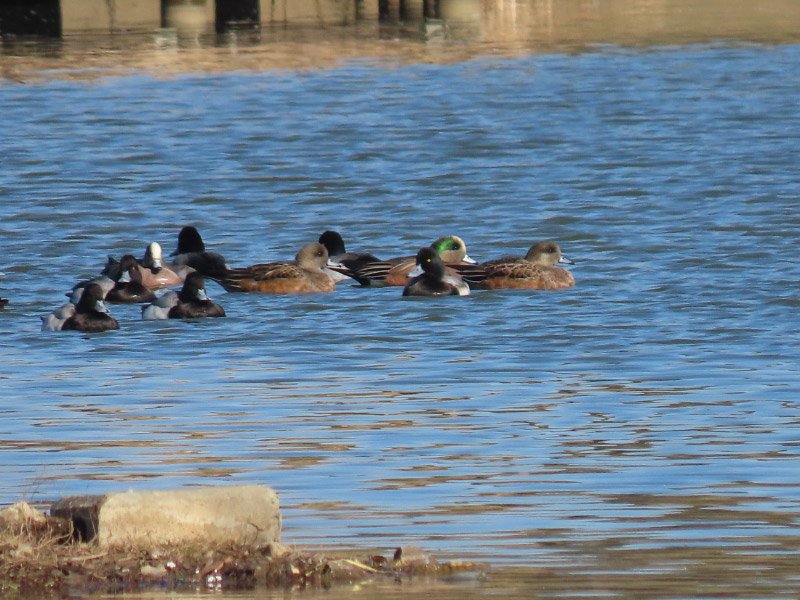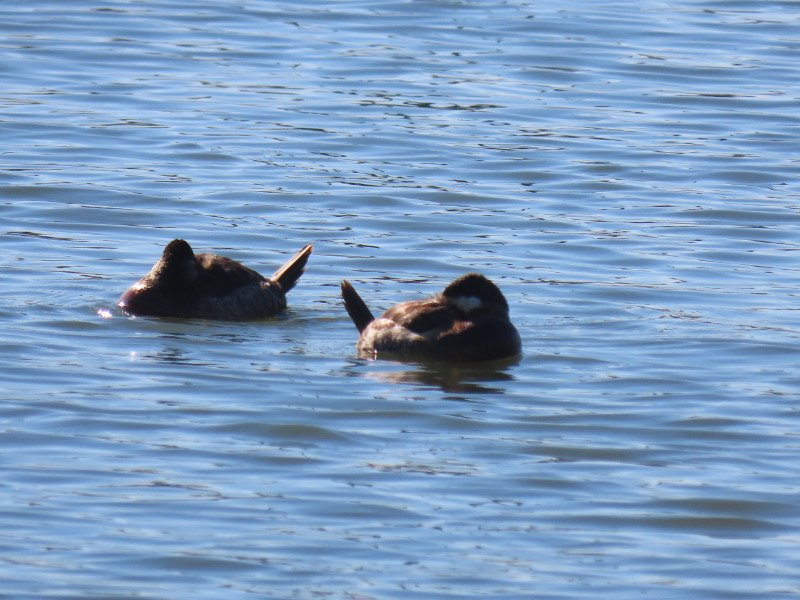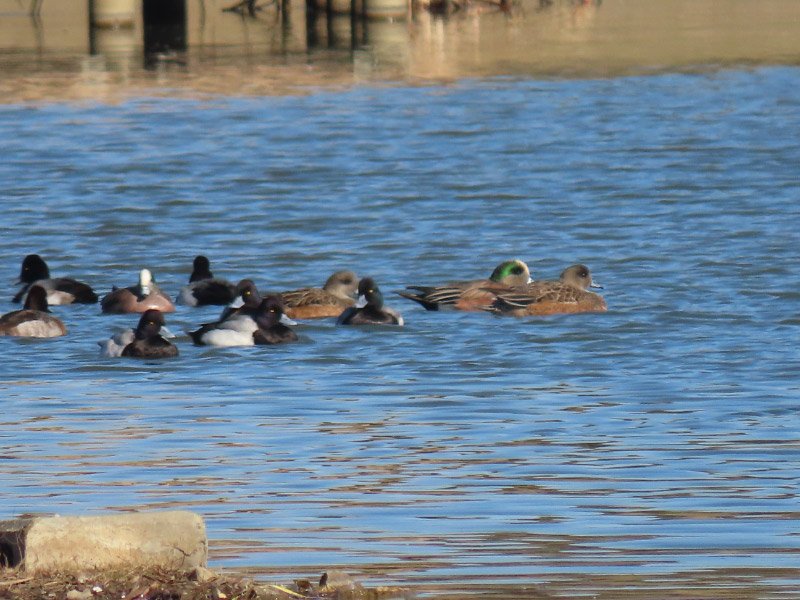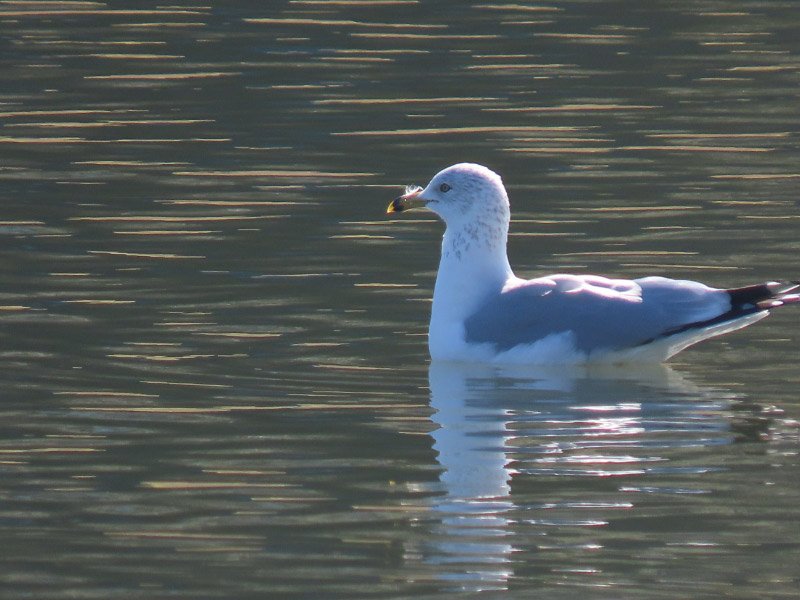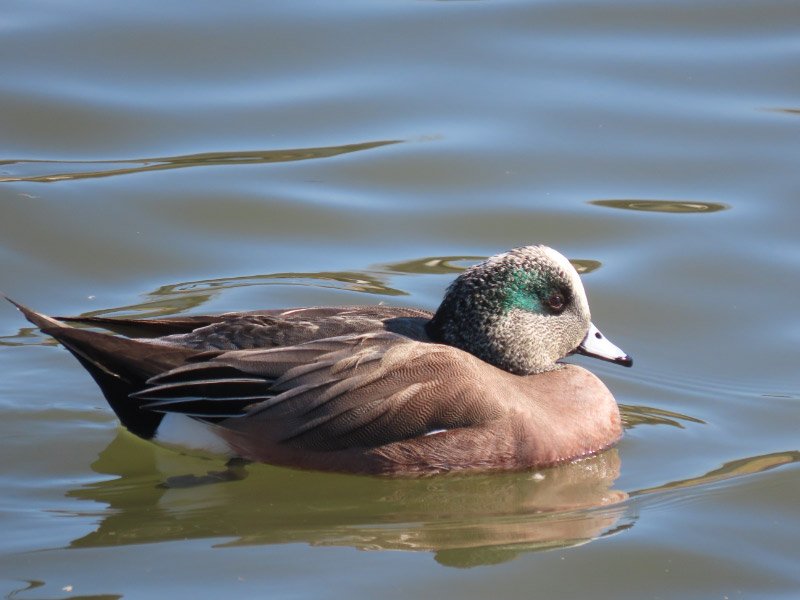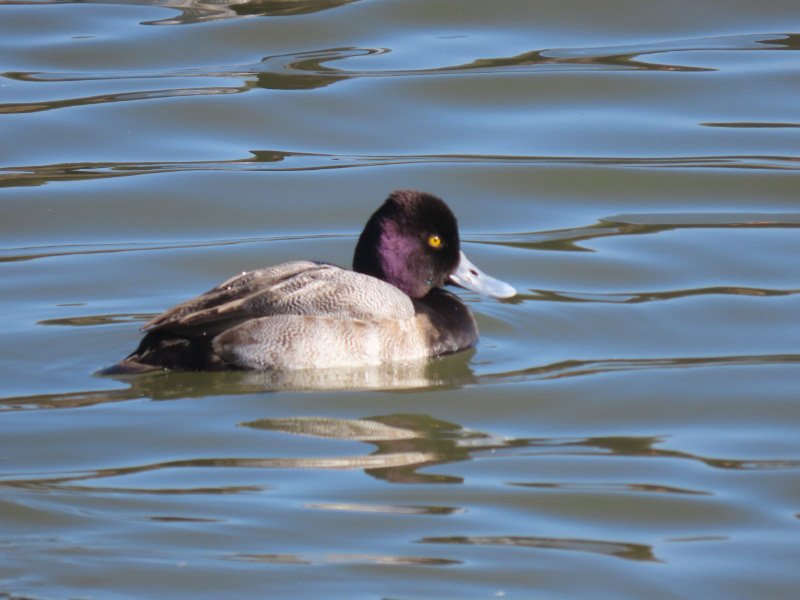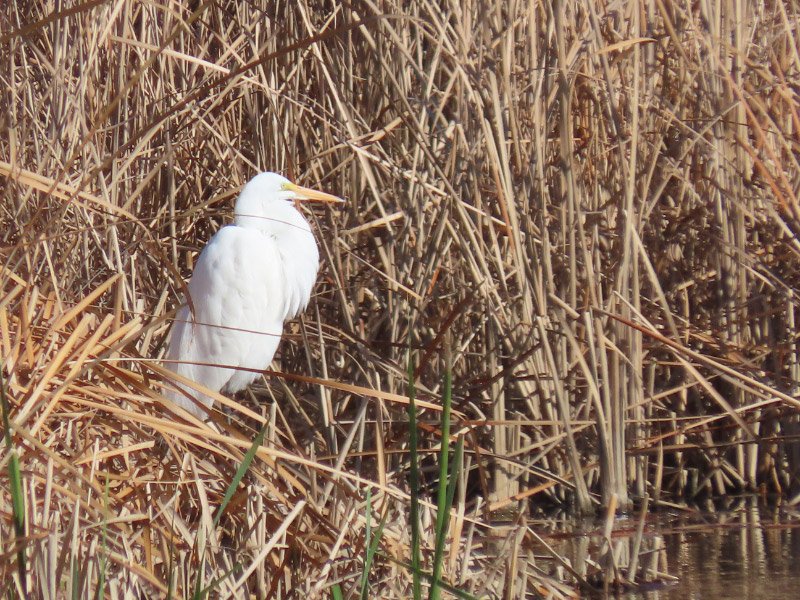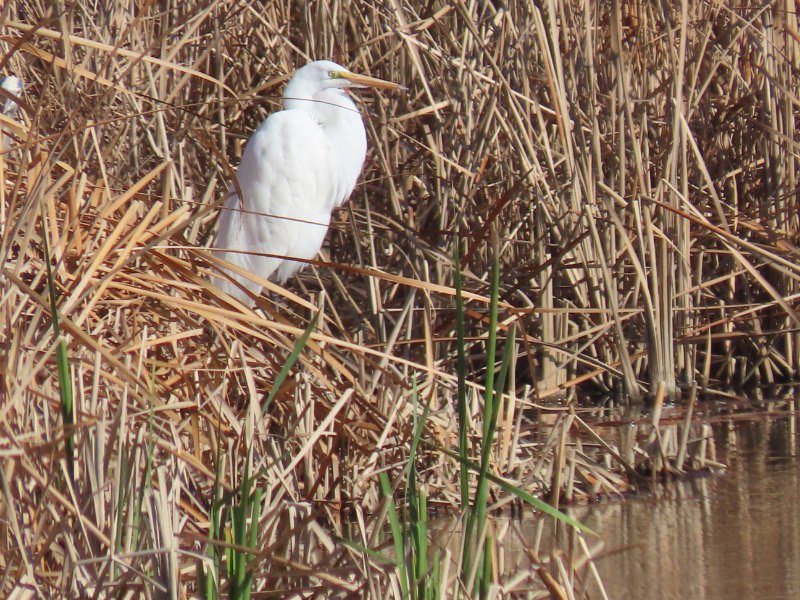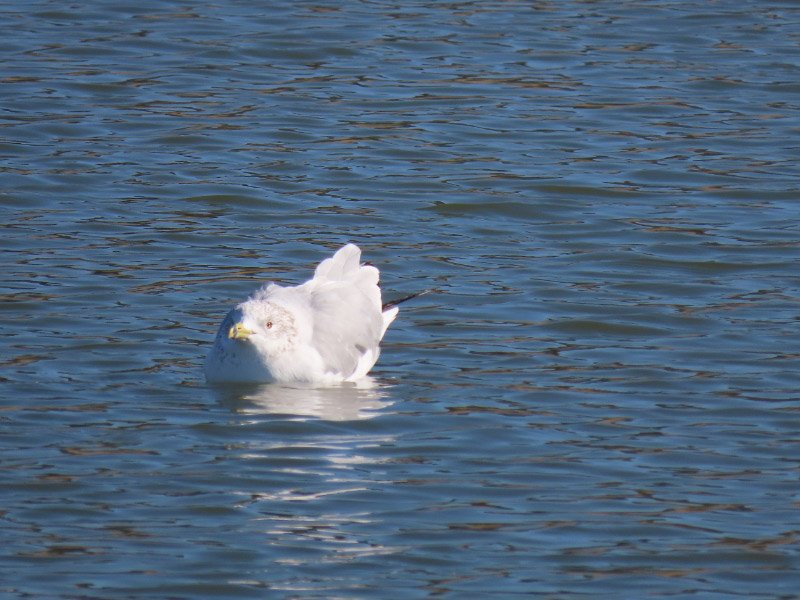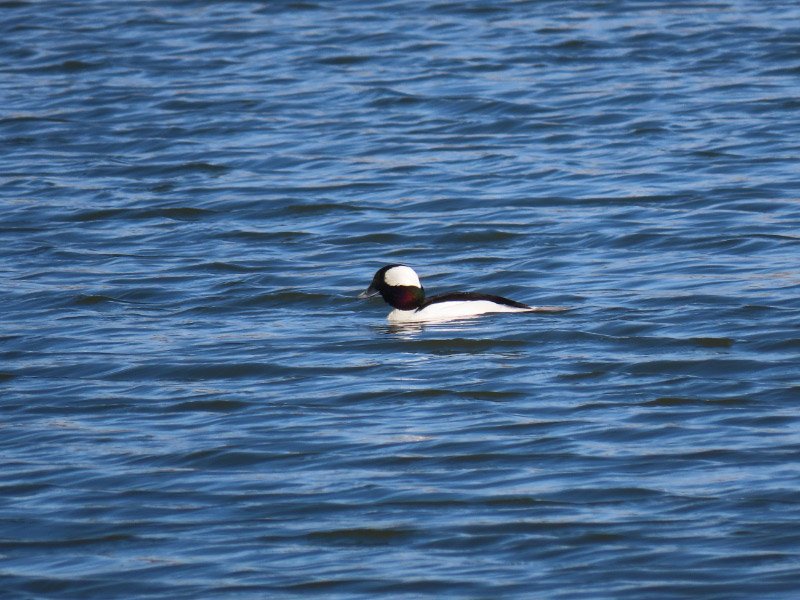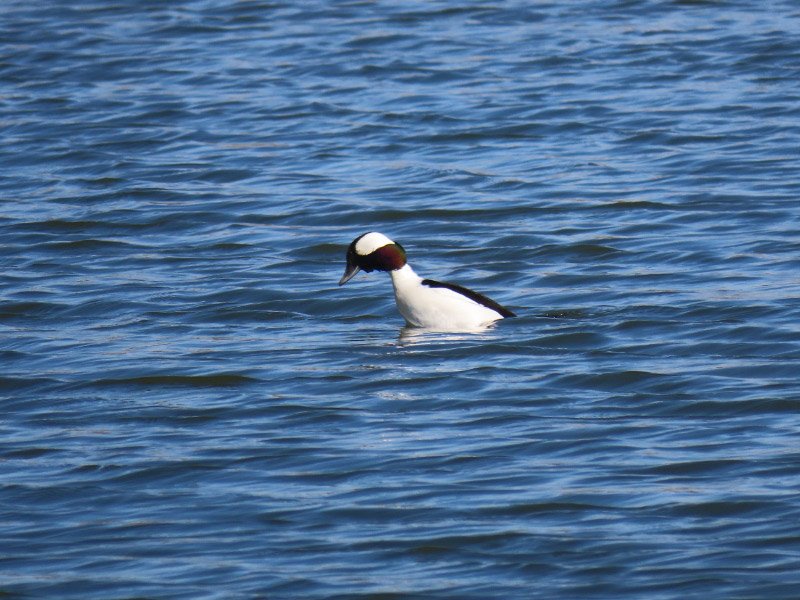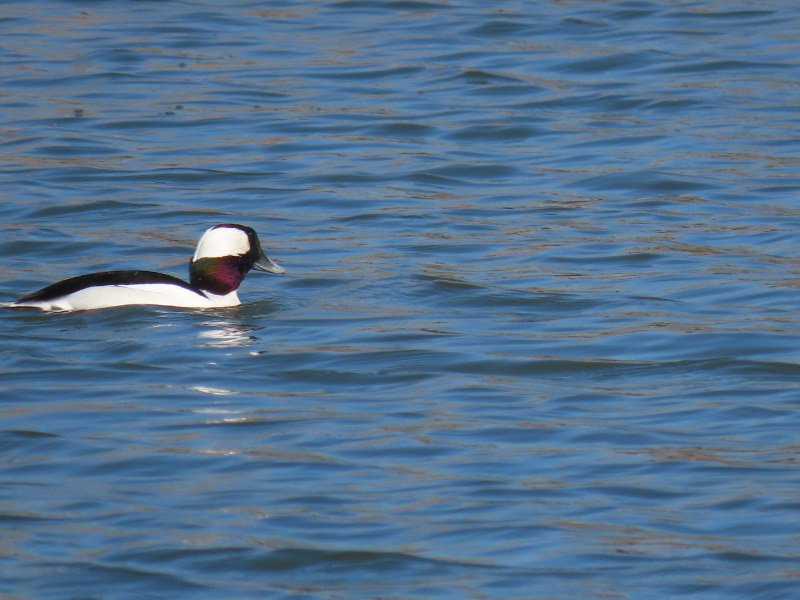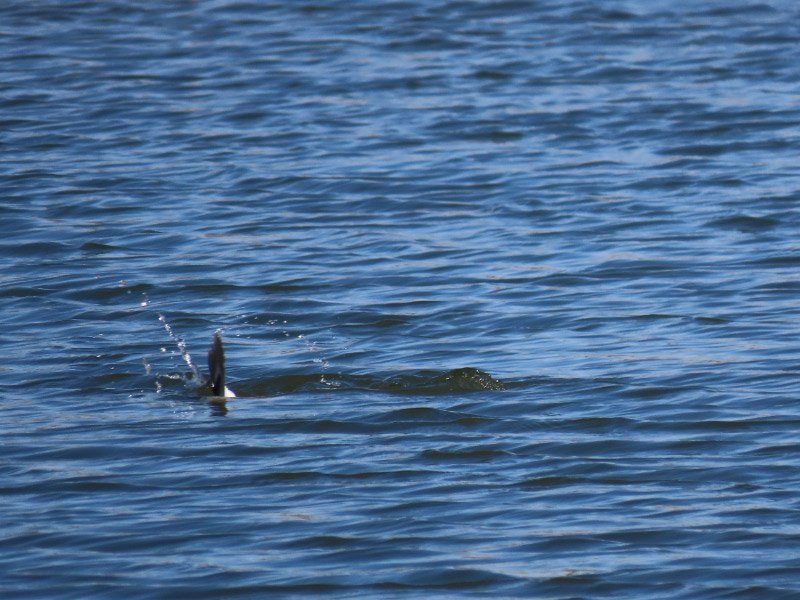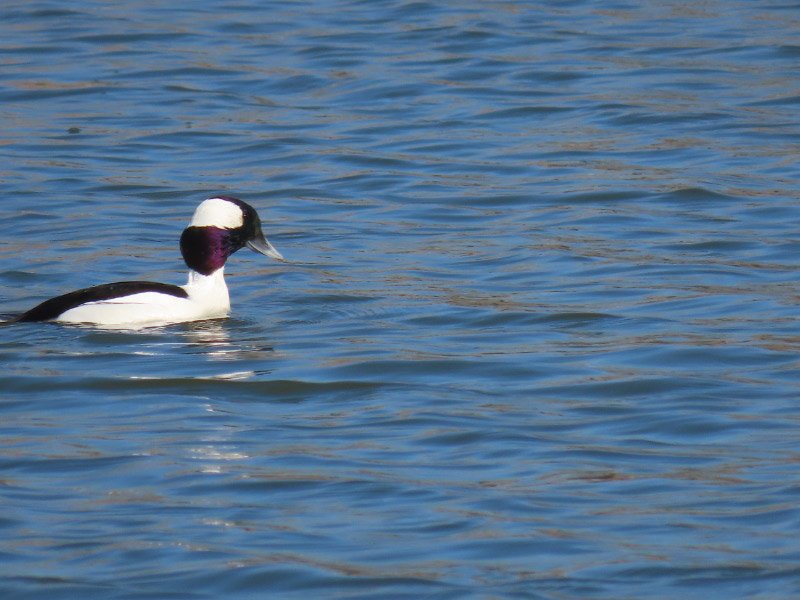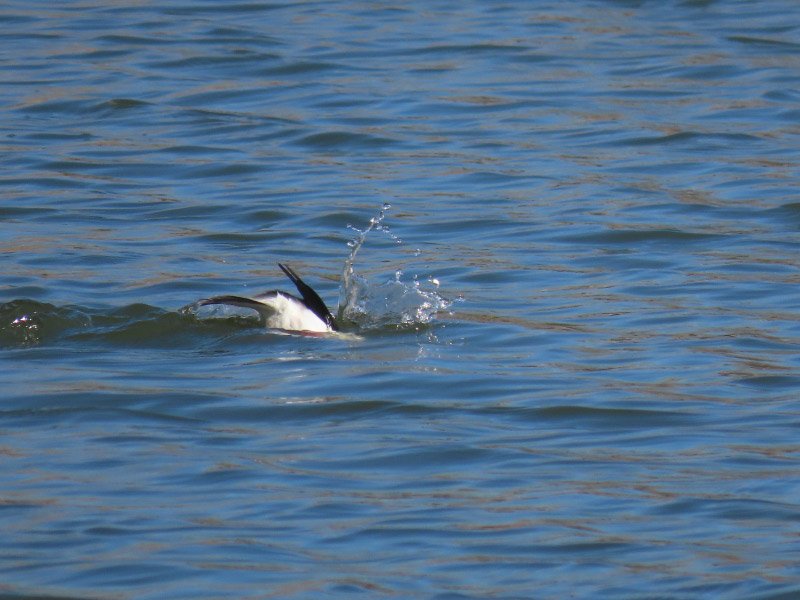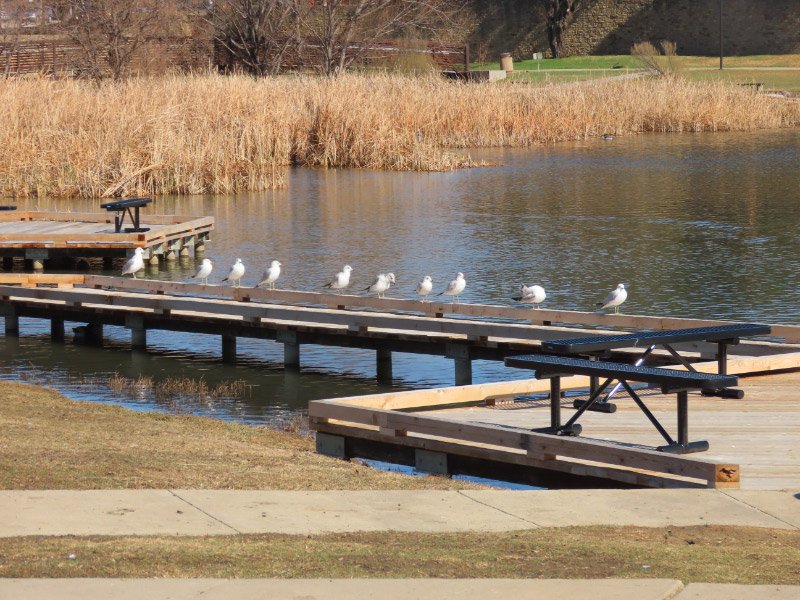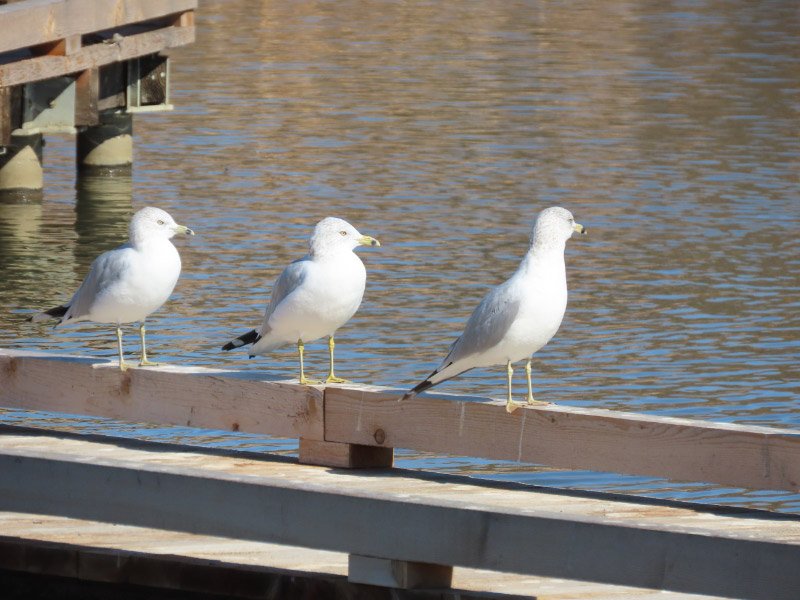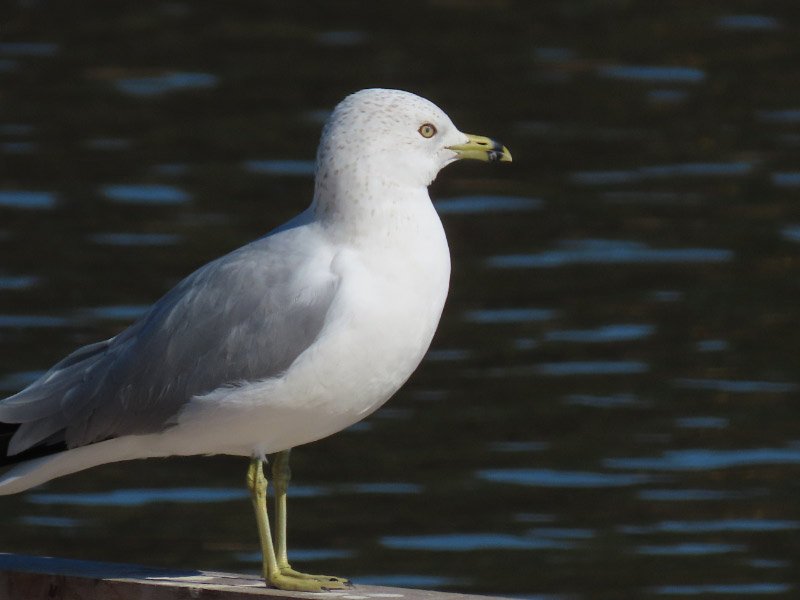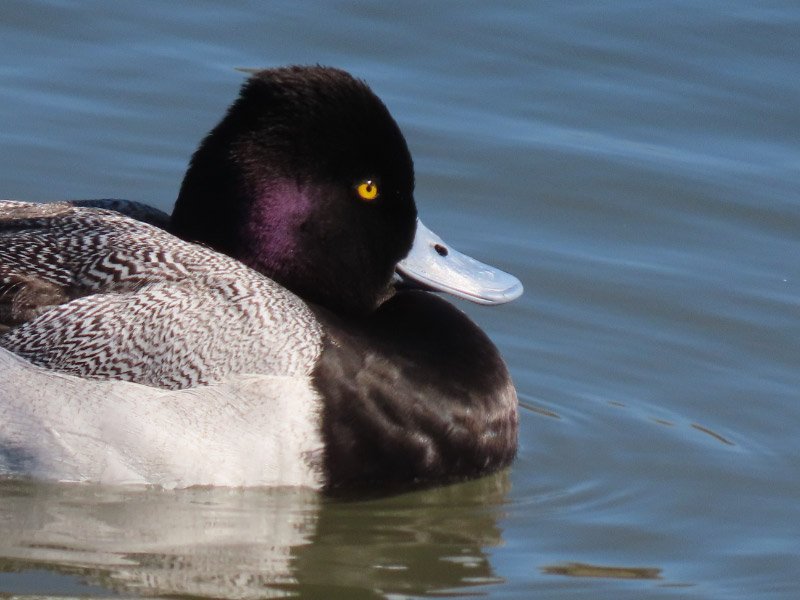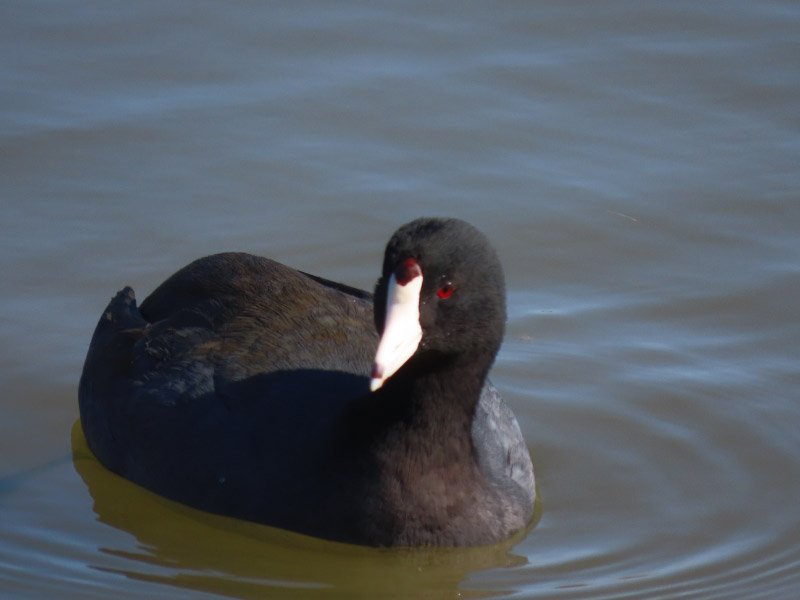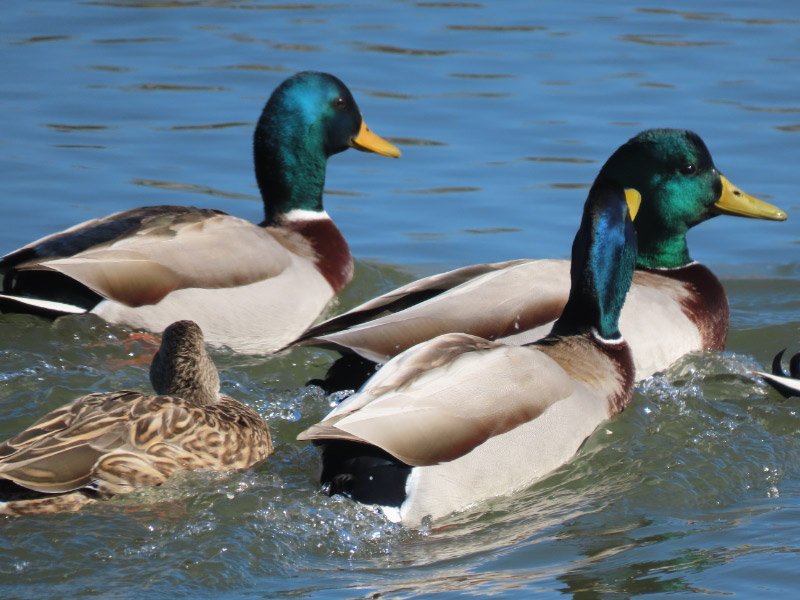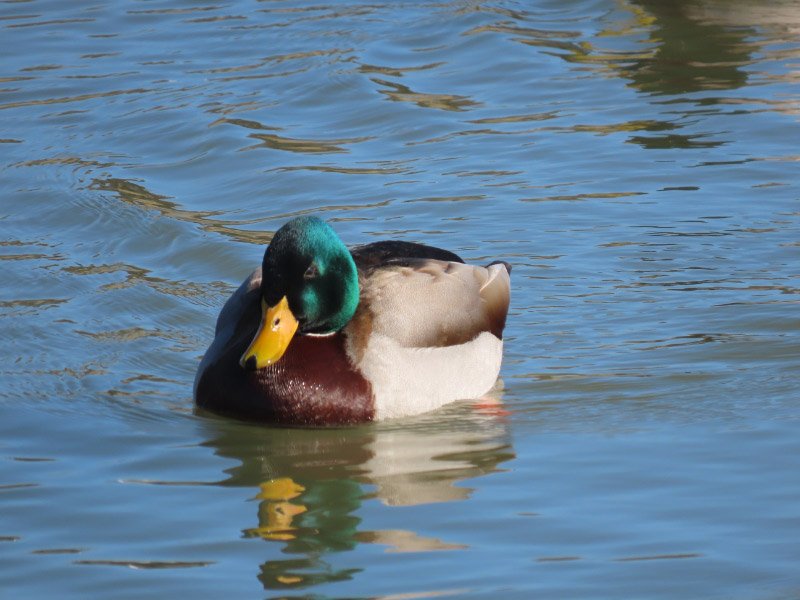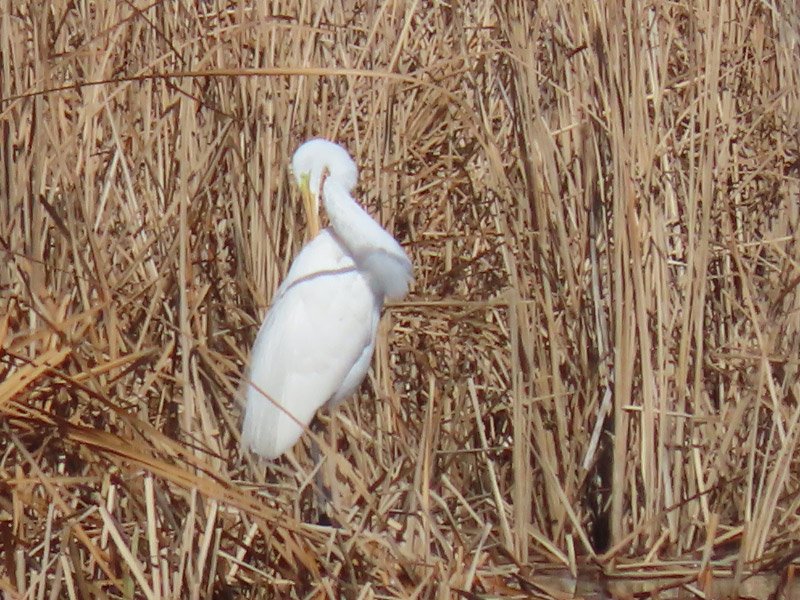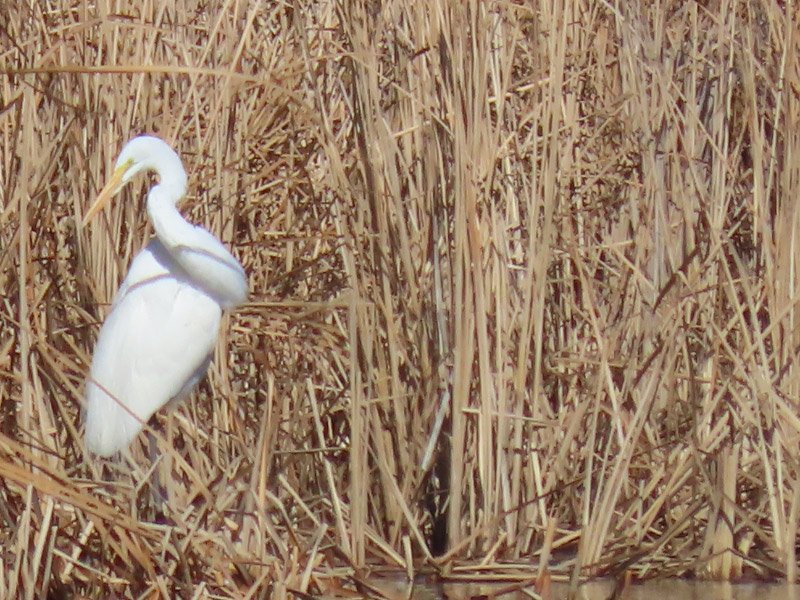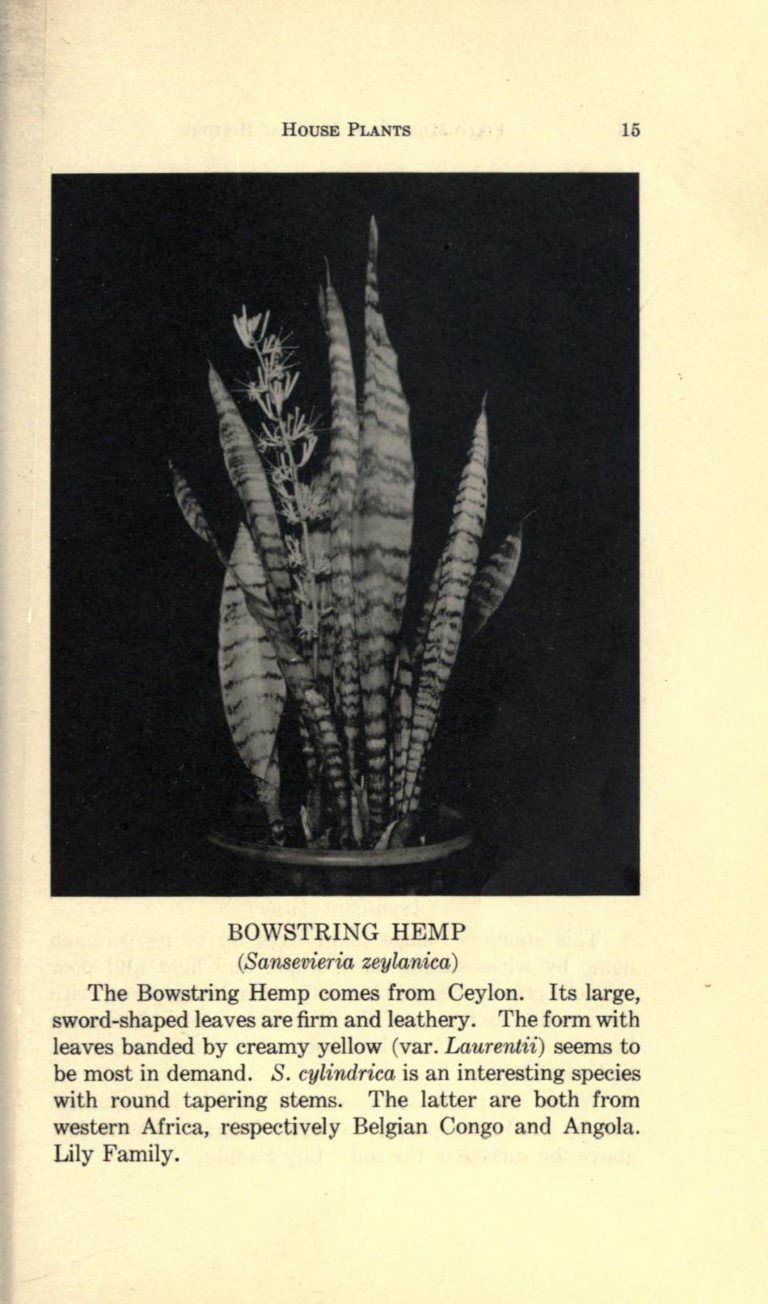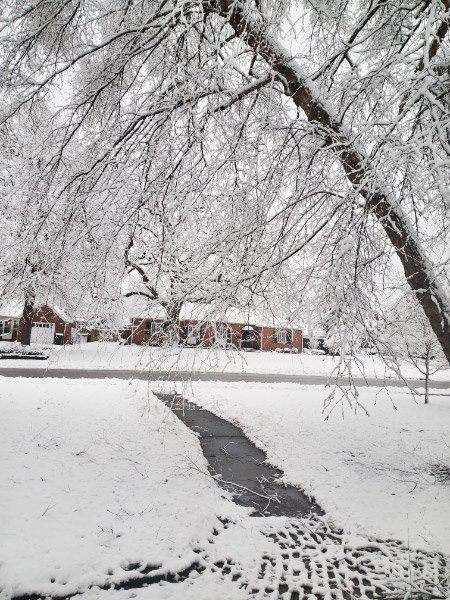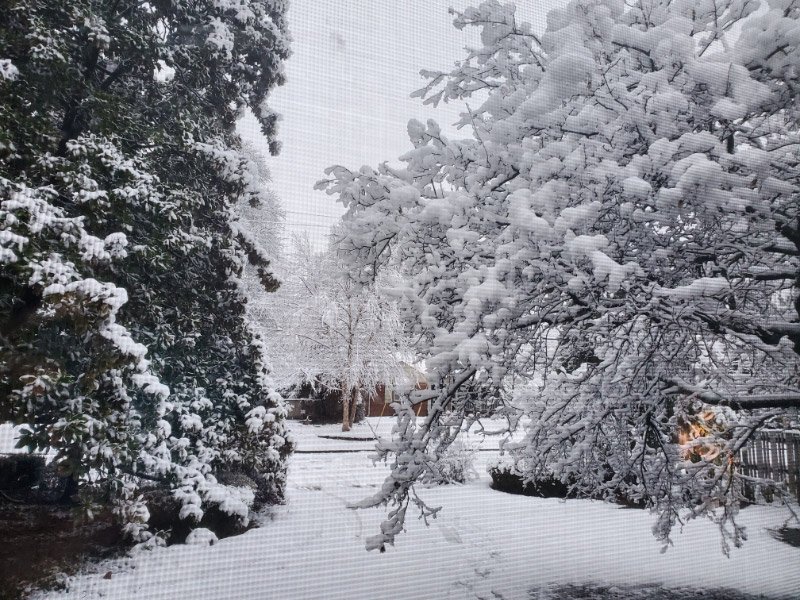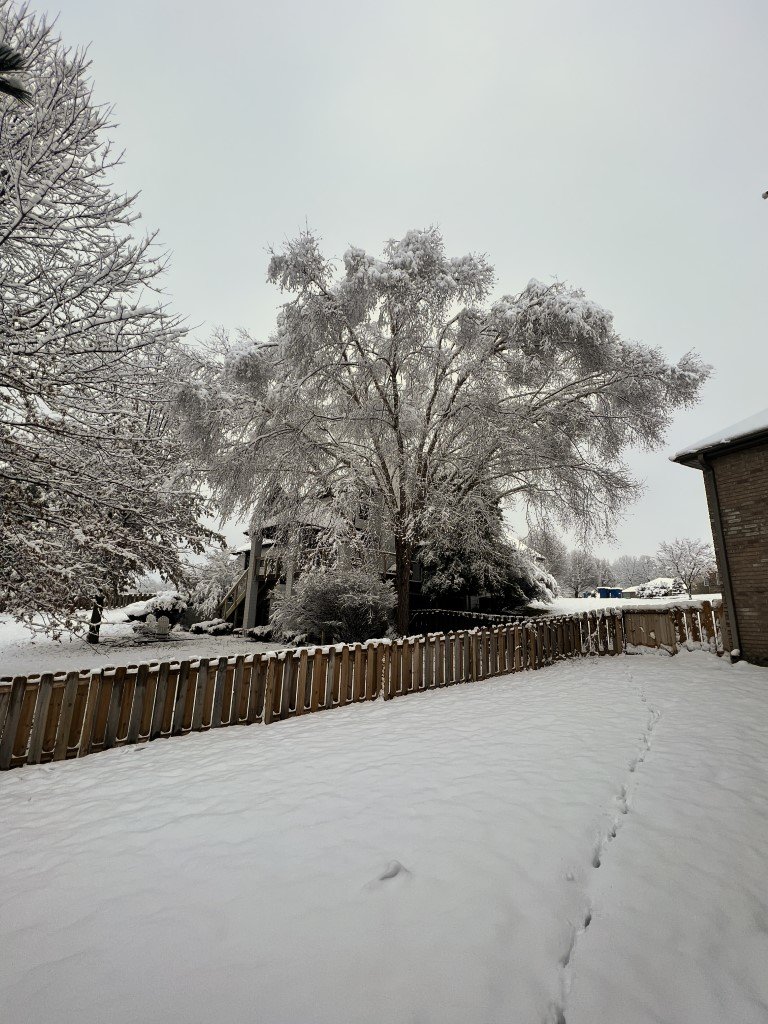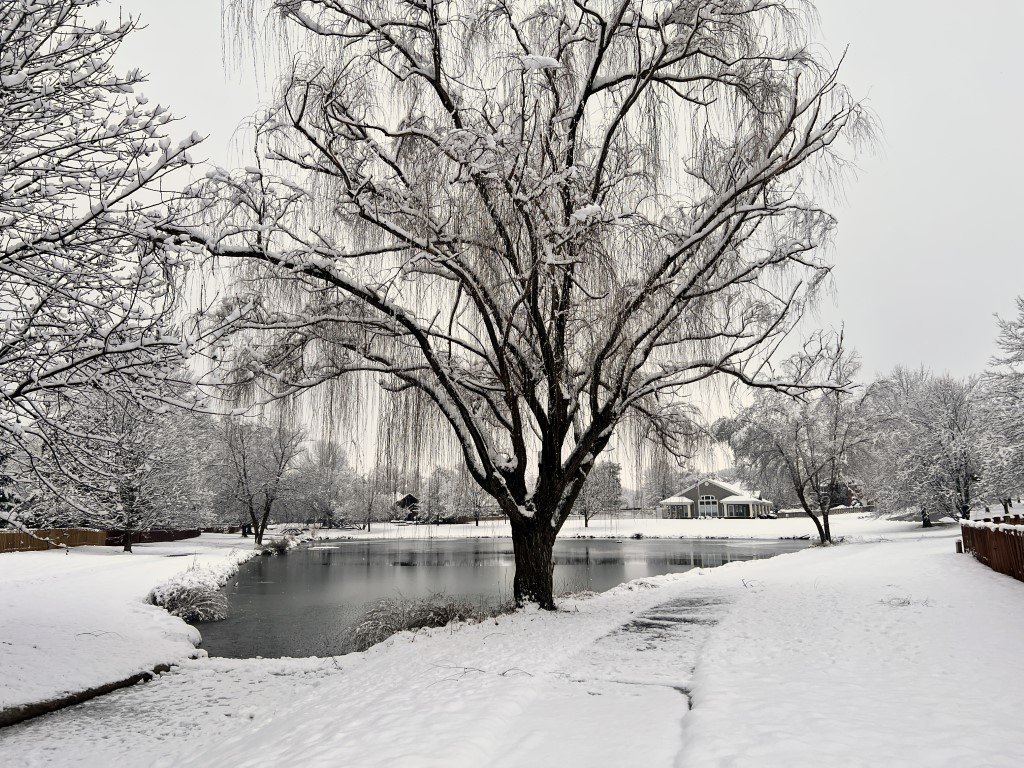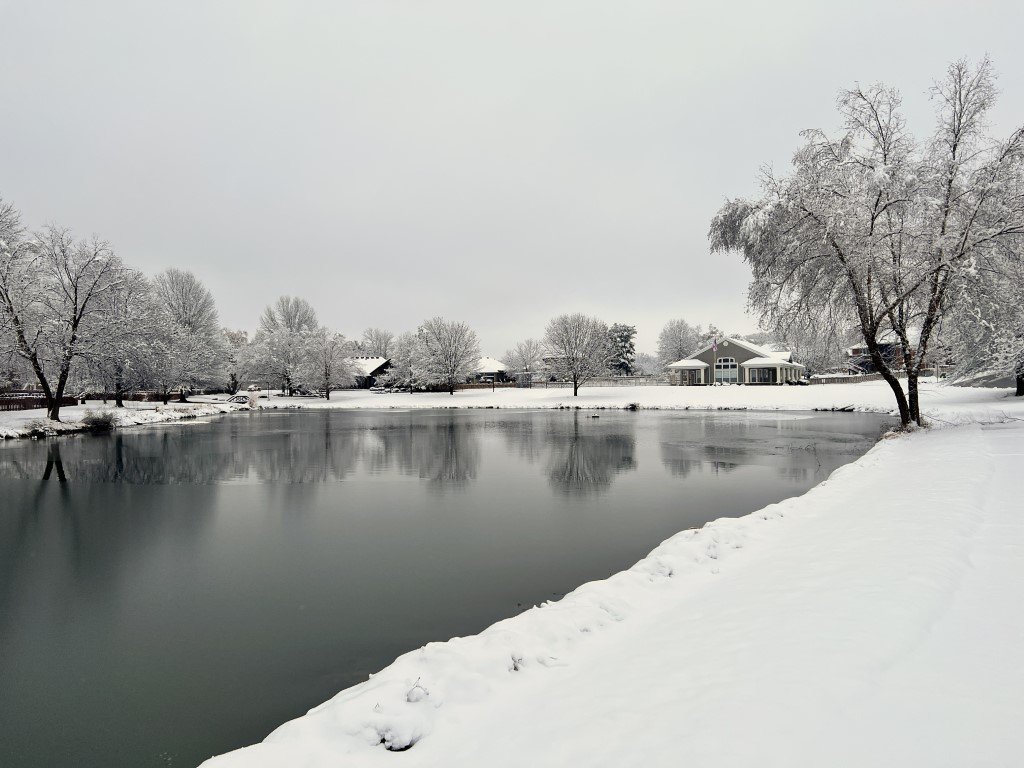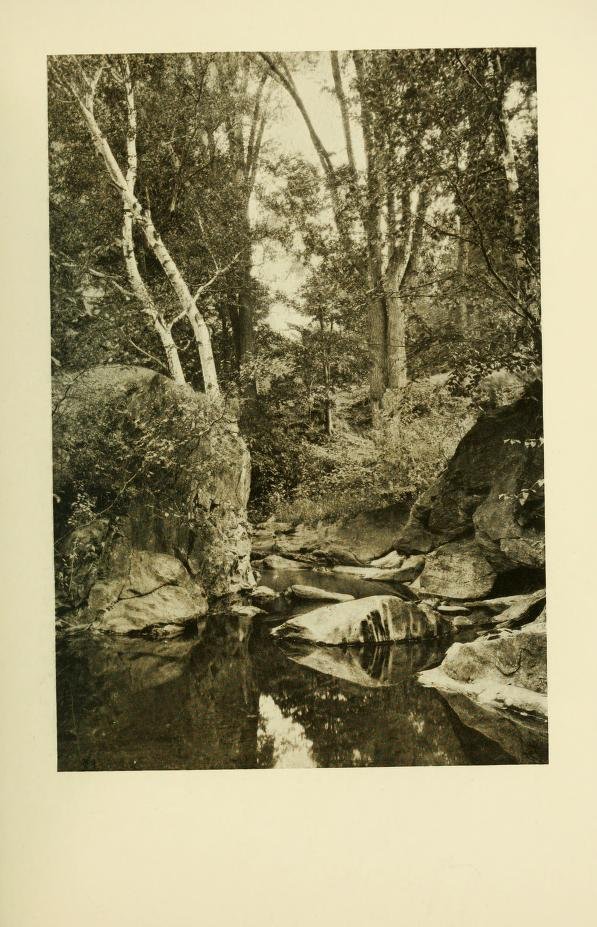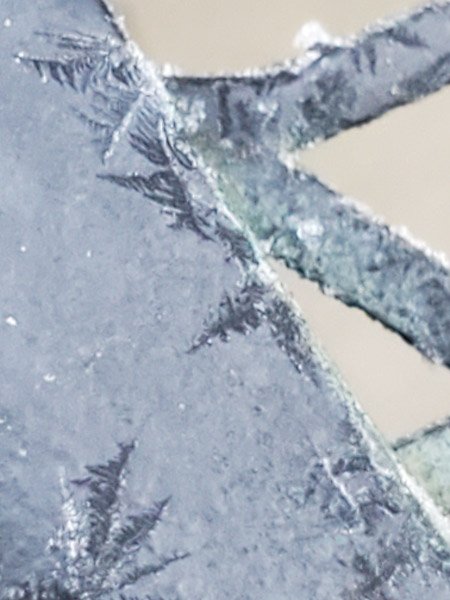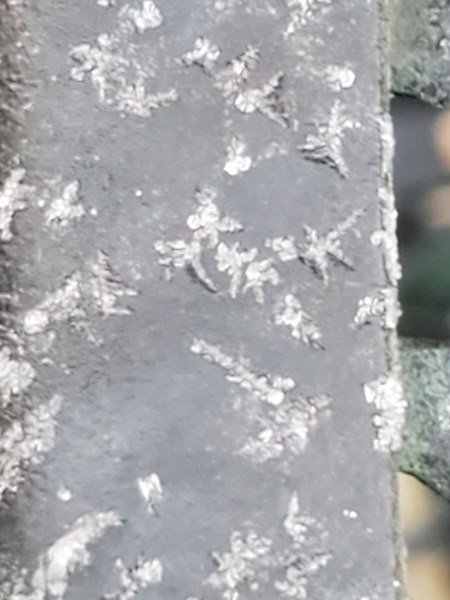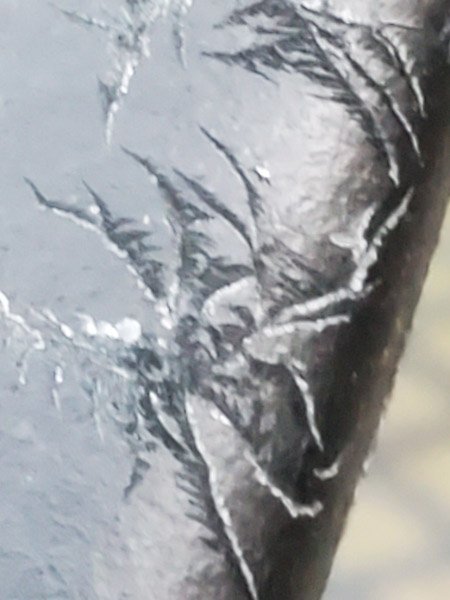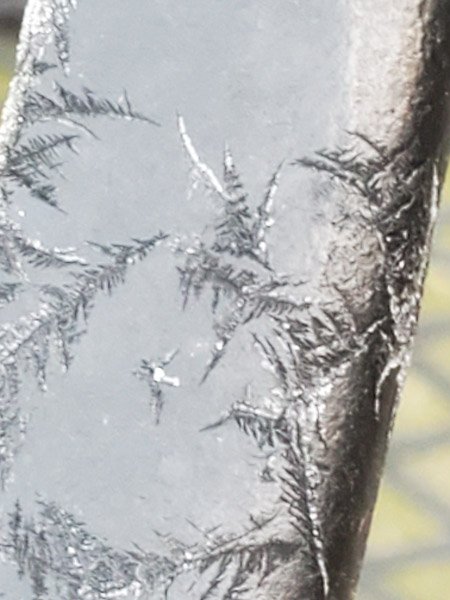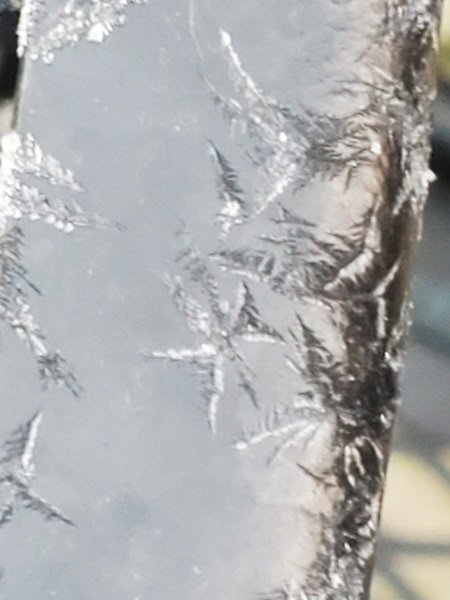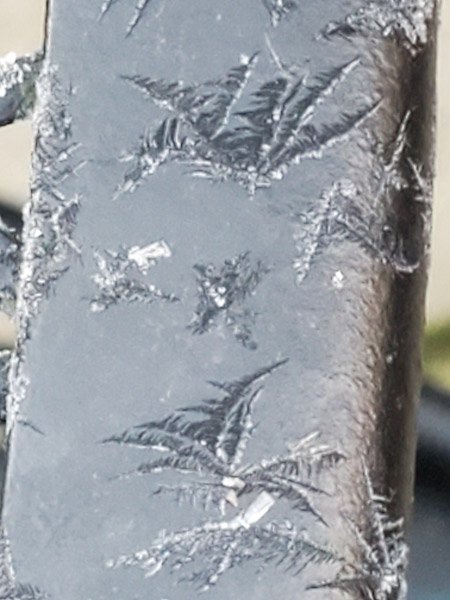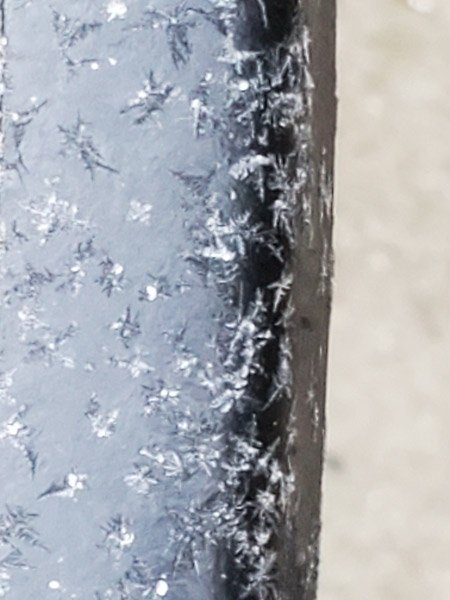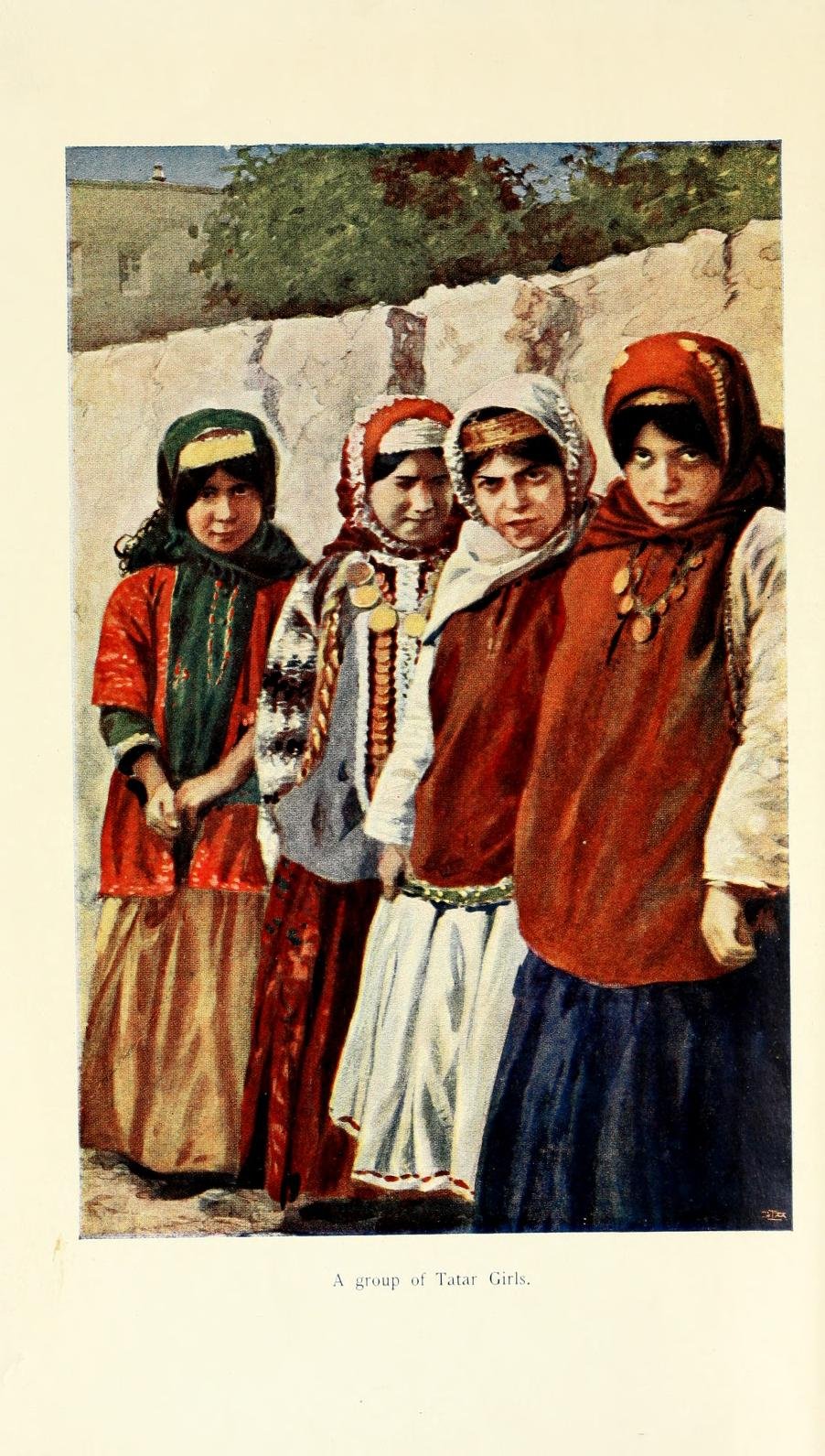Settling in, developing new routines – 8th month
/We moved to Missouri eight months ago and have adjusted in many areas…but there are still things to do. My previous ‘settling in’ posts were made in the 1st, 2nd, 3rd, and 4th month; it’s time for another update. The upheaval of the move is waning. The changes between our 4th month and now are more gradual; there isn’t the frenzy of activity like in the first few months. We’ve voted in the mid-term election, subscribed to a local news feed… are experiencing winter and working on our 2022 tax filing (it is more complex this year with the sale of a house and two state taxes). I’ve sustained my treks to Texas; it’s become apparent that the monthly plan might need to be adjusted quickly depending on the care my parents need; the priority of being available for my parents will keep me from signing up for volunteer gigs or university classes. Our three kittens are keeping us close to home too; they need a lot of attention but we have successfully done day trips and 1-2 nights away; my daughter checks on them when we are gone for more than a few hours.
There are still things we are anticipating:
Spring in Missouri. The rhododendron flowers were already fading by the time I first looked at the house…the irises had already bloomed too. I’ll enjoy seeing the flowers…supplemented with the additional bulbs I planted last fall. We are also talking about day trips for gardens and birding hotspots within the state.
All-electric. We are talking more about the order of steps we will take to move the house toward being ‘all-electric’ over the next 3 years or so…and then adding solar panels/battery.
Dark sky. My husband is keen to go to a dark sky site…hopefully once the temperature is a bit warmer, he’ll be able to do it.
Yard. I have been putting off contacting a nursery…but need to do it soon if I want things in before it gets too hot (and potentially dry) this summer.
Overall – we are not venturing out very much right now because of the cold…but we’ll do more outdoors in the spring. And maybe meet more of our neighbors too!









